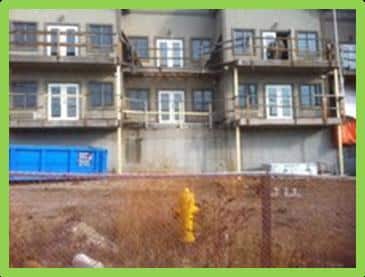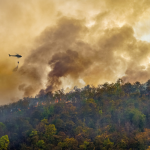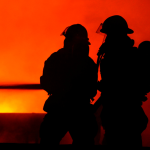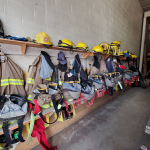A fire department received a call to a fire in a building under construction. They arrived and connected to a hydrant located in front of the building. Unfortunately the hydrant, which was installed by the building owner, had not been connected to the water distribution system and was not in service at the time. There was no visible indication on the hydrant that it was out of service.
Another hydrant was available near the building but was located under some overhead power lines. The incident commander (IC) decided not to utilize this water supply due to the potential safety hazard of accidental contact with the power lines. The power pole supporting the wire was on fire.
An insurance company initiated legal action against the fire department for fire damage resulting from the delay in the application of fire suppression water.
One of the many questions that were raised as a result of the perceived delay in connecting to an operable hydrant was if the IC was justified waiting for the hydro utility company to de-energize the power lines. In particular did the fire department have any control over the delay?
In this case the hydro line was 25KV so waiting for the utility company to ensure the power was shut off and grounded was appropriate. Application of water would be delayed until the power lines were deactivated. Most worker safety regulations specify “limits of approach” for workers related to the proximity of energized power lines. These limits of approach apply to all workers including fire, police and ambulance personnel. Emergency personnel are instructed to accept confirmation that the electrical system has been de-energized and made safe only from a representative of the power company who is on-site.
Another question that arose was if fire departments generally know of the operational status of hydrants that are in the process of being installed by an independent contractor as part of a private development?
Some fire department bylaws specify that when a hydrant is unusable it is to be removed or visibly marked so that responders can readily identify which hydrants are out of service. Often a hydrant bag or other visible marking is placed on the out of service hydrant. The removal or marking of unusable hydrants is an industry best practice and the responsibility of the owner.
As with most legal actions taken against the fire service the issues were resolved during mediation and the terms of the settlement remain undisclosed. In this case we were told the outcome was favorable to the fire department.








